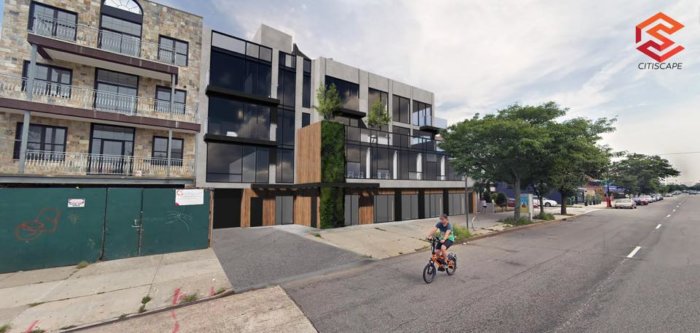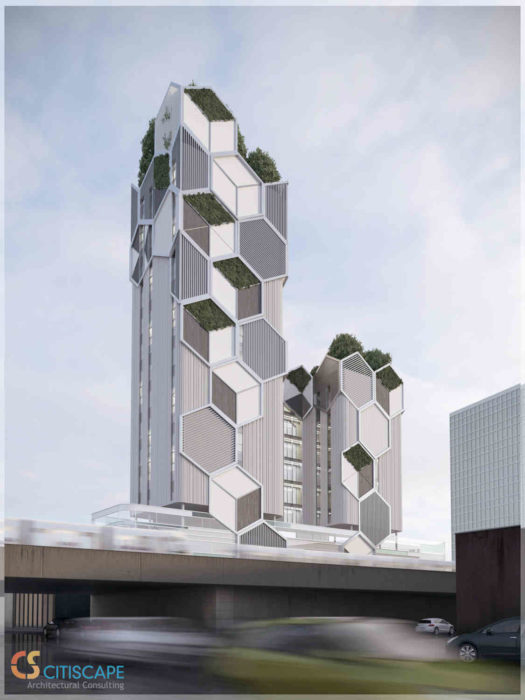Eight years after Hurricane Sandy devastated southern Brooklyn’s coastal communities, developers continue to erect multi-family and single-family homes along the Kings County shoreline as homebuyers continue seeking out luxury waterfront properties.
“People want to live in specific communities along the water,” said Alexander Lotovsky of Citiscape Consultants, an architecture firm based in Sheepshead Bay. “When Hurricane Sandy happened, everyone thought this was the end to an era in Manhattan Beach and that has proven to have been completely wrong.”
From the onset of 2019 to the publication of this article, developers have filed more than a dozen new building applications in Sheepshead Bay, Manhattan Beach and Gerritsen Beach with the city Department of Buildings, which if approved could bring hundreds of new residents to the shoreline communities, where just years ago locals were holed up in their buildings waiting for the water lines to recede.

“When Sandy hit we had somewhere around 10 feet of water in our building,” said Maurice Kolodin, a resident of the Bel Air apartment complex on E. 12th Street. “The entire first floor was wiped out of each building. There was no out, you could not get out of the building.”
While the risk of building in a flood plane — especially as the federal Environmental Protection Agency prepares to release new maps that will place coastal communities such as Manhattan Beach in critical flood zones by 2024 — may seem extreme, Lotovsky has designed his buildings with the threat of tidal surges in mind.
“They are going to be completely prepared for a flood,” Lotovsky said. “They will be able to live in their homes for as long as they want, as long as they have food.”
The new buildings feature mechanical and electrical equipment installed above the designated flood elevation — two feet above the advisory base flood elevation — thereby lessening the risk of power outages during storms.

In addition to the utilities, the builders are raising their tenants above the flood plane as well, essentially elevating domiciles to second floors and above as part of an architectural strategy called wet floodproofing, which leaves residents high and dry, while creating space for additional parking below.
“People are actually benefitting from this additional space,” Lotovsky said. “It is not as bad as it sounds when you comply with flood design.”
For larger structures, developers are using watertight materials to coat floors below flood plane, in addition to using thicker concrete slabs able to withstand high water pressures, Lovotsky said.
The cost of developing waterfront structures has certainly increased in the wake of Hurricane Sandy, but as long as people continue to seek out luxury housing along Brooklyn’s coastal communities, developers will continue to build it for them.
“There are additional construction costs that are fairly reasonable,” Lotovsky said. “But the only benefit really is for residents to live by the water.”
CitiScape Consultants LTD is currently seeking city approval for a handful of developments proposed for Sheepshead Bay and Gerritsen Beach’s high-flood risk areas such as Emmons Avenue and Keen Court that will all abide by flood protection protocol, Lotovsky said.
The firm is also awaiting final approvals from the city Department of Buildings for variances to construct a 14-story elder care facility at 1508 Avenue Z that would feature commercial space on its ground floor and 88 living units with 110 beds on floors four and up that neighbors fear will bring a massive traffic jam to the streets of Sheepshead Bay.


























